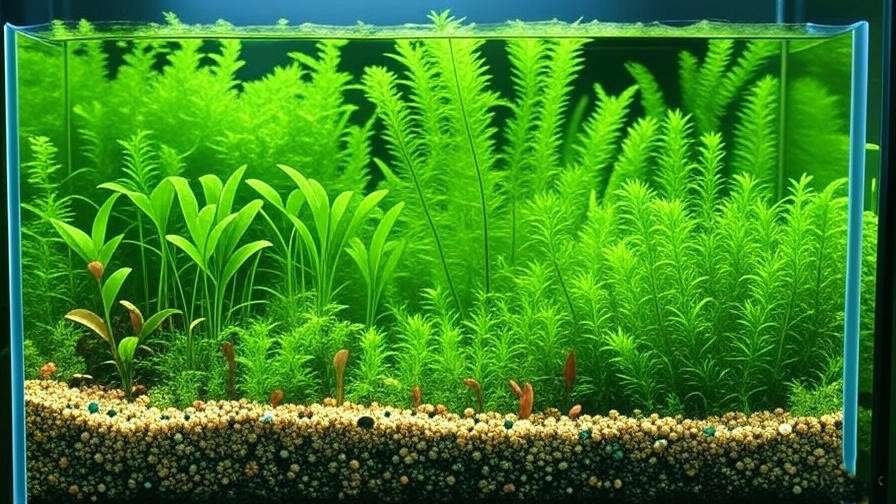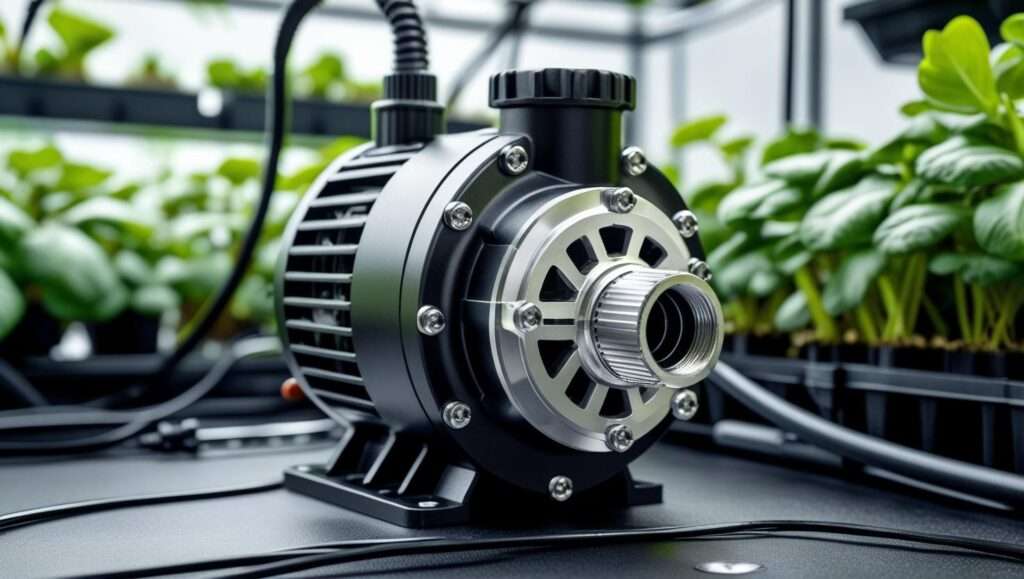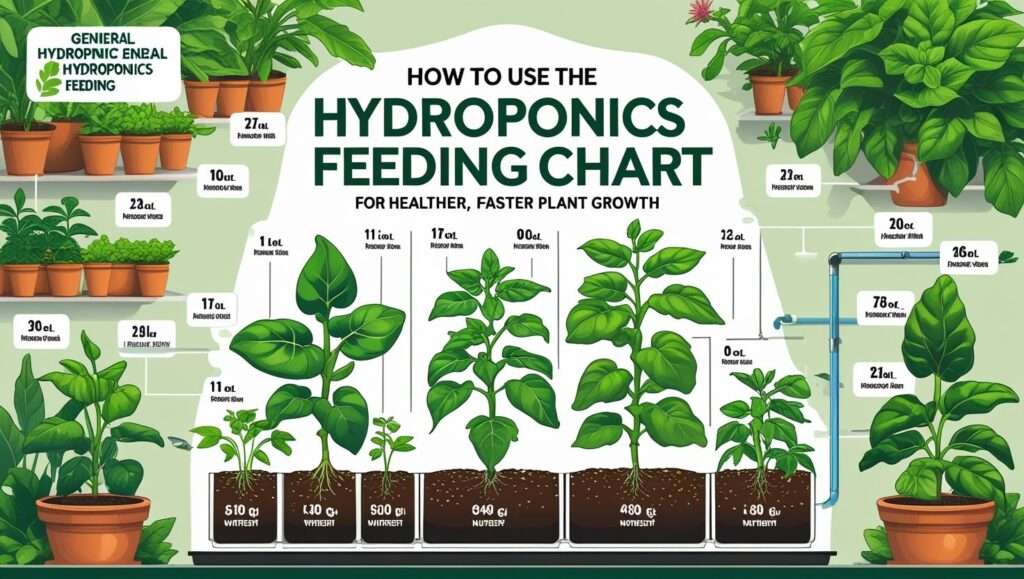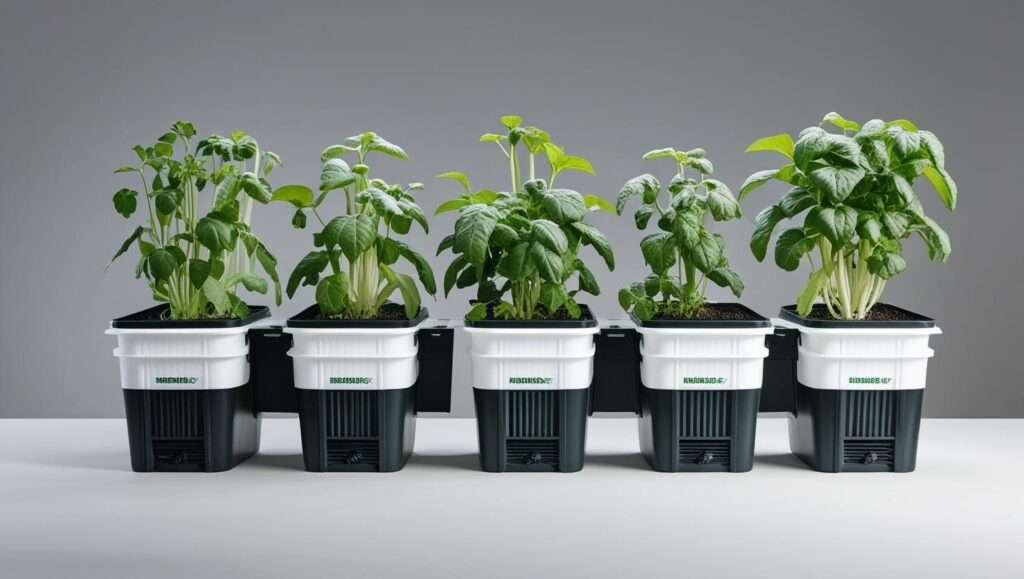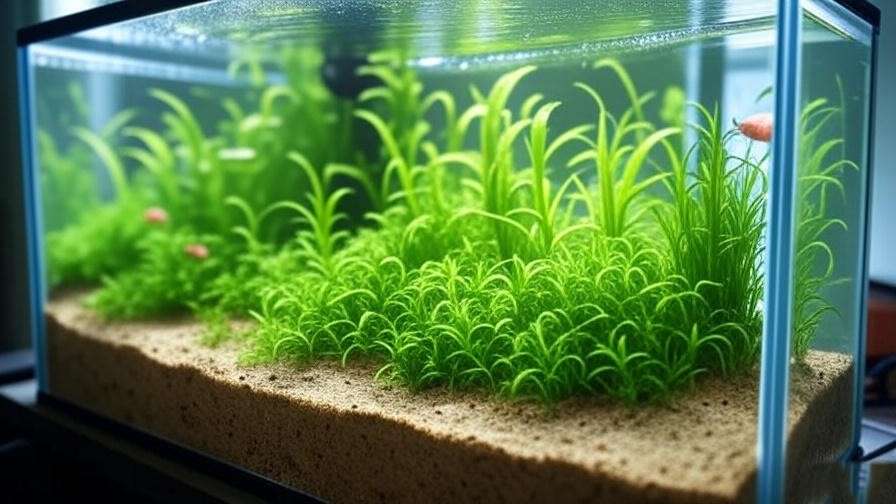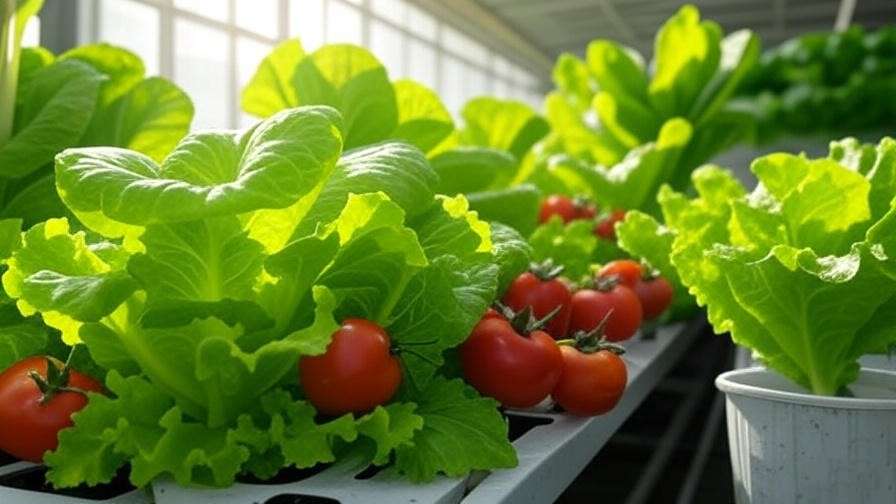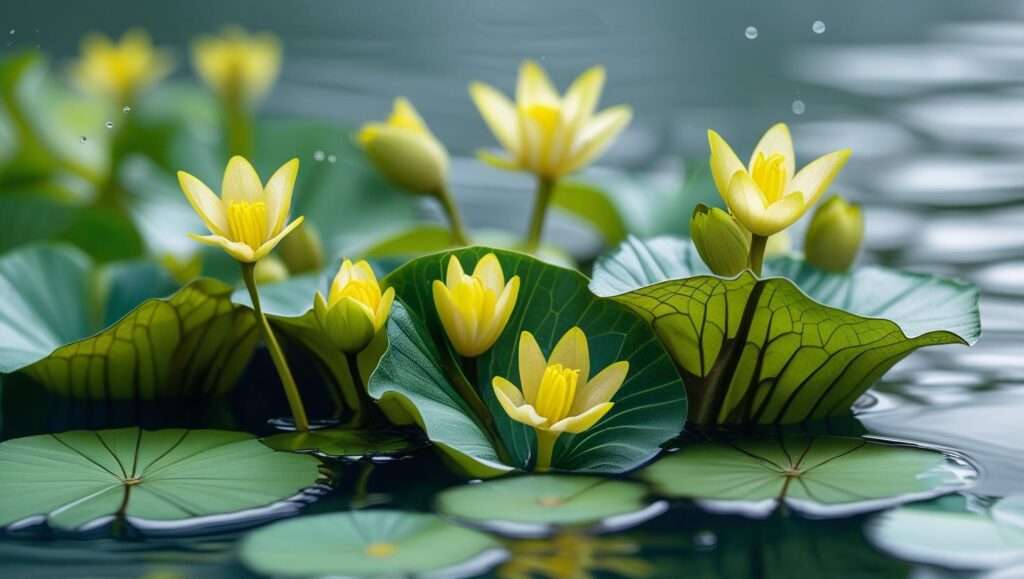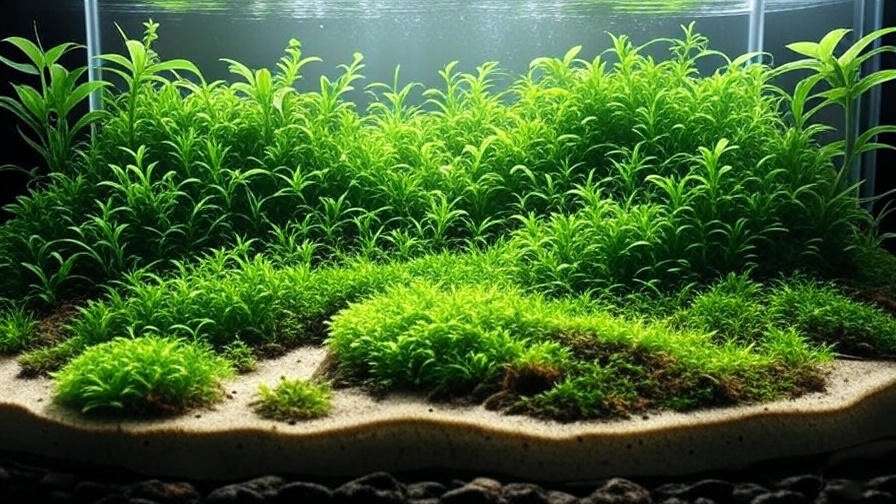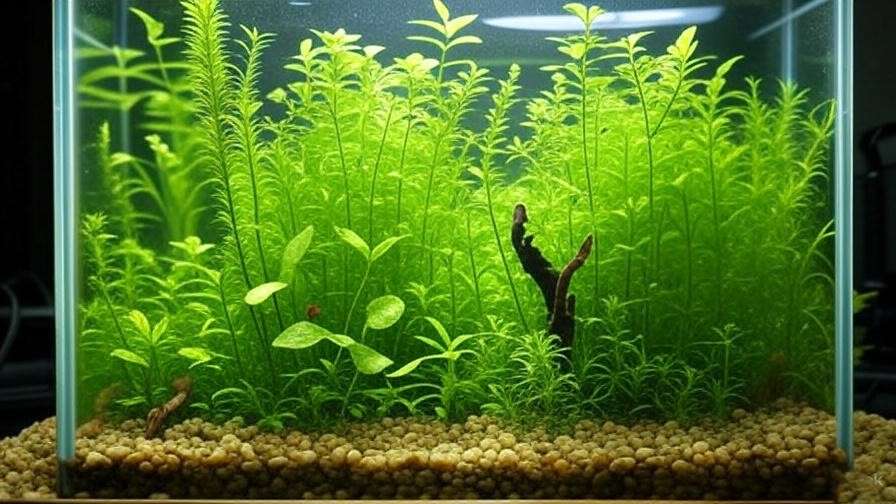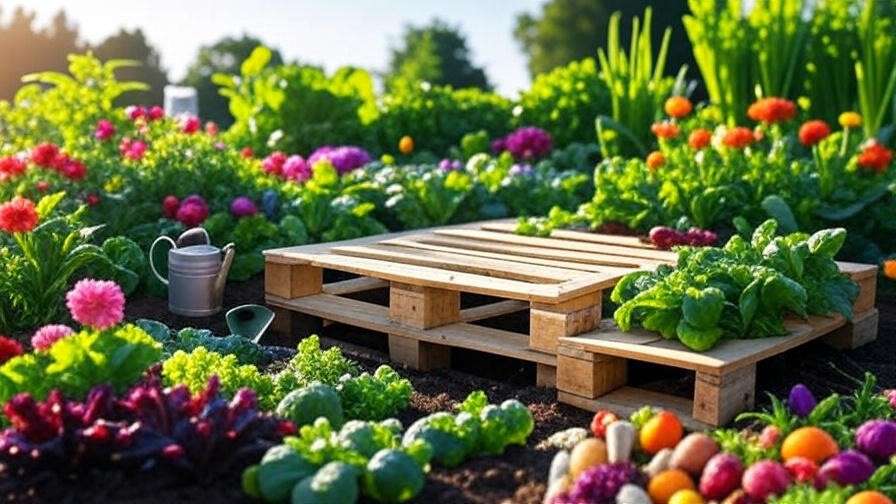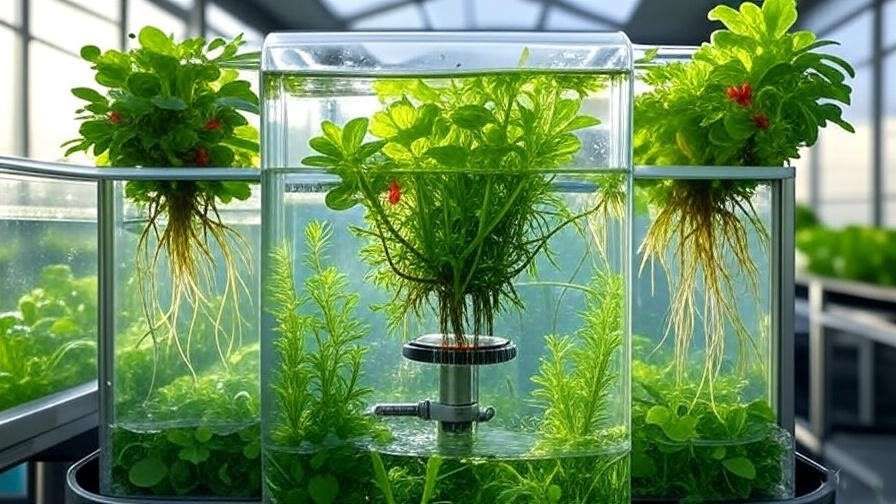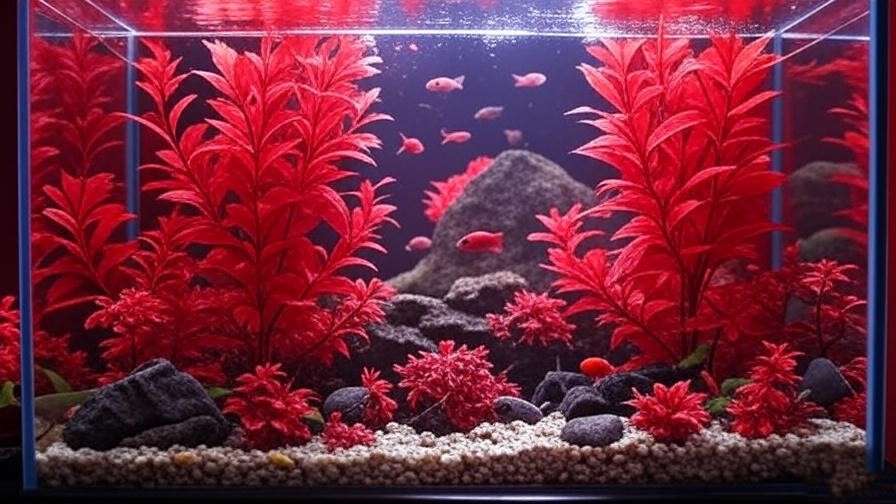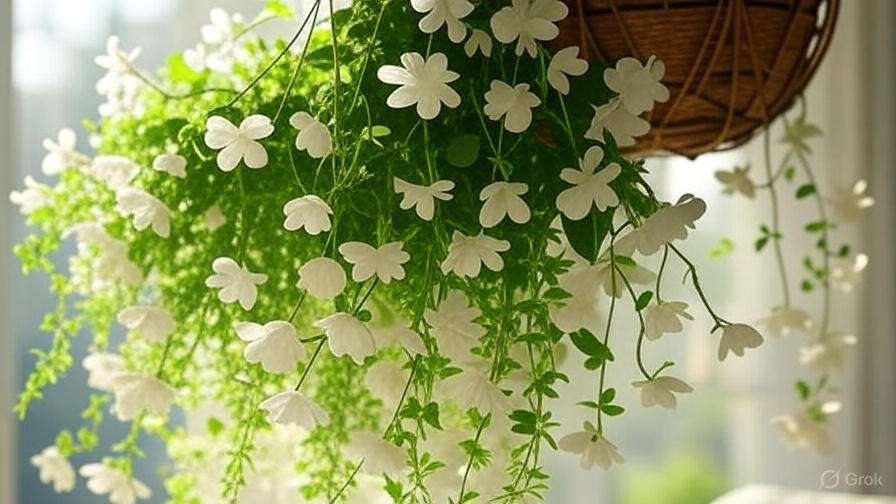Imagine gazing into a vibrant aquarium where lush green plants sway gently, creating an underwater forest teeming with life. The secret to this thriving ecosystem often lies beneath the surface—the substrate. Choosing the best substrate for a planted aquarium is a critical decision that can make or break your aquatic masterpiece. A well-selected substrate nourishes plants, anchors roots, and maintains water quality, ensuring a balanced and beautiful tank. Yet, with so many options—nutrient-rich soils, sand, gravel, or layered systems—finding the perfect one can feel overwhelming. As an aquascaping enthusiast with over a decade of experience, I’ve tested countless substrates and consulted with experts to bring you this comprehensive guide. Whether you’re a beginner or a seasoned aquarist, this article will help you select the ideal substrate to create a flourishing planted aquarium with ease.
Why the Right Substrate Matters for a Planted Aquarium
The Role of Substrates in Plant Growth
The substrate is the foundation of any planted aquarium, serving as more than just a decorative layer. It provides essential nutrients for aquatic plants, anchors their roots, and supports healthy growth. Nutrient-rich substrates, like aquarium soils, release vital elements such as nitrogen, phosphorus, and potassium, fueling robust plant development. They also influence water chemistry, stabilizing pH and hardness to create an environment where plants and fish can thrive. For instance, substrates like ADA Aqua Soil lower pH, making them ideal for soft-water plants like Rotala or Ludwigia. A well-chosen substrate ensures your plants grow lush and vibrant, transforming your tank into a stunning aquascape.
Common Mistakes When Choosing Substrates
Many aquarists fall into the trap of prioritizing aesthetics over functionality. A common mistake is selecting plain gravel or sand without a nutrient-rich base, leading to stunted plant growth. For example, carpeting plants like Dwarf Hairgrass struggle in inert substrates without supplemental fertilizers. Another error is overlooking tank compatibility—using a substrate that alters water parameters in ways that harm sensitive fish species. By understanding your plants’ and livestock’s needs, you can avoid these pitfalls and create a balanced ecosystem.
Benefits of a Well-Chosen Substrate
The right substrate does more than support plant growth—it enhances the entire aquarium. Nutrient-rich soils promote vibrant colors and dense foliage, elevating the tank’s visual appeal. They also reduce maintenance by stabilizing water parameters and minimizing algae growth. According to aquascaping expert James Findley, “A quality substrate is the backbone of any successful planted tank, providing the nutrients and stability plants need to thrive.” By investing in the right substrate, you’ll spend less time troubleshooting and more time enjoying a thriving aquatic ecosystem.
Types of Substrates for Planted Aquariums
Nutrient-Rich Aquarium Soils

Description: Aquarium soils, such as ADA Aqua Soil Amazonia or Fluval Stratum, are specially formulated for planted tanks. These substrates are packed with nutrients like iron, calcium, and trace elements, making them ideal for demanding plants.
Pros: High nutrient content, promotes lush growth, buffers pH for soft-water environments.
Cons: Higher cost, potential cloudiness during initial setup.
Best For: Heavily planted tanks with species like Glossostigma or Hemianthus callitrichoides (Dwarf Baby Tears).
Sand-Based Substrates
Description: Fine or coarse sand offers a natural, versatile look and is often used with a nutrient-rich base layer or root tabs. Brands like CaribSea Super Naturals provide aesthetic flexibility.
Pros: Affordable, easy to shape, visually appealing.
Cons: Lacks inherent nutrients, requiring supplementation like root tabs or liquid fertilizers.
Best For: Budget-conscious setups or minimalist aquascapes with plants like Anubias or Java Fern.
Gravel Substrates
Description: Inert gravel or pebbles, such as Seachem Flourite Black Gravel, are durable and low-maintenance but require nutrient additives for plant growth.
Pros: Long-lasting, widely available, minimal upkeep.
Cons: Limited nutrient support, less ideal for root-heavy plants like Amazon Sword.
Best For: Beginner tanks or low-maintenance plants like Cryptocoryne.
Layered Substrate Systems

Description: A layered system combines a nutrient-rich base (e.g., aqua soil) with a capping layer like sand or gravel. This approach balances aesthetics and functionality.
Pros: Customizable, supports diverse plant types, professional-grade appearance.
Cons: Complex setup, requires careful maintenance to prevent layer mixing.
Best For: Advanced aquascapers aiming for competition-level tanks.
Inert Substrates with Nutrient Additives
Description: Materials like basalt or lava rock are paired with root tabs or liquid fertilizers to support plant growth without altering water chemistry.
Pros: Highly customizable, long-lasting.
Cons: Ongoing maintenance to replenish nutrients.
Best For: Mixed tanks with both plants and fish, such as community setups.
Top Substrate Recommendations for Planted Aquariums

Best Overall: ADA Aqua Soil Amazonia
Features: Packed with organic nutrients, ADA Aqua Soil Amazonia promotes rapid plant growth and lowers pH, ideal for soft-water plants like Rotala or Ludwigia.
Why It Stands Out: Trusted by professional aquascapers worldwide, it offers a long-lasting nutrient supply (up to 2 years) and creates a stable environment.
Price Range and Availability: Approximately $40–$60 for a 9L bag, available at specialty aquarium retailers like AquaForest or online at Amazon.
Best Budget Option: CaribSea Eco-Complete
Features: A volcanic-based substrate with trace nutrients, Eco-Complete supports moderate plant growth without requiring a base layer.
Why It Stands Out: Affordable and easy to use, it’s a great entry point for hobbyists on a budget.
Price Range: Around $20–$30 for a 20lb bag, widely available at Petco or online.
Best for Beginners: Fluval Plant and Shrimp Stratum
Features: Lightweight and nutrient-packed, this substrate promotes root development and is gentle on shrimp and delicate fish.
Why It Stands Out: Minimal cloudiness during setup and beginner-friendly, it’s perfect for small tanks or low-tech setups.
Price Range: $30–$45 for an 8.8lb bag, available at PetSmart or Amazon.
Best for Low-Maintenance Tanks: Seachem Flourite
Features: A clay-based substrate that retains nutrients long-term, reducing the need for frequent supplementation.
Why It Stands Out: Durable and versatile, it supports a wide range of plants without complex maintenance.
Price Range: $25–$40 for a 15.4lb bag, available at major aquarium retailers.
| Substrate | Cost (per 9L/20lb) | Nutrient Content | Ease of Use | Best For |
|---|---|---|---|---|
| ADA Aqua Soil Amazonia | $40–$60 | High | Moderate | Heavily planted tanks |
| CaribSea Eco-Complete | $20–$30 | Moderate | Easy | Budget setups |
| Fluval Stratum | $30–$45 | High | Easy | Beginners, shrimp tanks |
| Seachem Flourite | $25–$40 | Moderate | Easy | Low-maintenance tanks |
How to Choose the Best Substrate for Your Planted Aquarium
Consider Your Plant Species
Different plants have unique substrate needs. Heavy root feeders like Amazon Sword or Echinodorus require nutrient-rich soils to thrive, while epiphytes like Anubias or Java Fern can grow on inert substrates with liquid fertilizers. Carpeting plants, such as Dwarf Hairgrass or Monte Carlo, demand fine, nutrient-dense substrates for dense growth. Research your plant species to ensure compatibility with your substrate choice.
Tank Size and Setup Goals
Tank size and aquascaping goals play a significant role in substrate selection. Smaller tanks (under 20 gallons) benefit from lightweight substrates like Fluval Stratum to avoid overloading. For large, densely planted tanks, a layered system with aqua soil and sand offers both functionality and aesthetics. Minimalist setups may prioritize sand or gravel for simplicity.
Water Parameters and Fish Compatibility
Substrates influence water chemistry, which affects fish health. For example, ADA Aqua Soil lowers pH, making it ideal for soft-water fish like tetras or rasboras but less suitable for cichlids that prefer higher pH. Always test your water parameters and choose a substrate that aligns with your livestock’s needs.
Budget and Maintenance Preferences
Balancing cost and maintenance is key. Nutrient-rich soils like ADA Aqua Soil are pricier but reduce the need for frequent fertilization. Inert substrates like gravel are cheaper upfront but require ongoing nutrient supplementation. Consider your long-term commitment to maintenance when making a choice. Hobbyist Sarah Thompson shares, “Switching to Seachem Flourite saved me hours of maintenance while keeping my plants healthy.”
Step-by-Step Guide to Setting Up a Planted Aquarium Substrate

Preparing the Tank
Before adding substrate, clean your tank thoroughly and plan your layout. Calculate the substrate volume needed based on tank size and desired depth (typically 1–2 inches for single-layer setups, 3–4 inches for layered systems). Online calculators, like those on AquaForest’s website, can help ensure accuracy.
Layering the Substrate
For single-layer setups, spread the substrate evenly, sloping it slightly for visual depth. For layered systems, start with a 1–2 inch base of nutrient-rich soil, then cap with 0.5–1 inch of sand or gravel. Use a substrate barrier (e.g., plastic mesh) to prevent mixing. For example, a popular setup combines ADA Aqua Soil with CaribSea Super Naturals sand for a professional look.
Adding Water Without Disturbing the Substrate
To avoid cloudiness, place a plastic bag or plate on the substrate and pour water slowly over it. Use a low-flow hose or pitcher to minimize disturbance. For fine substrates like aqua soil, consider adding a filter sock to catch particles during the initial fill.
Planting and Initial Maintenance
Plant deep-rooted species like Cryptocoryne by burying roots fully in nutrient-rich soil. For epiphytes, tie them to driftwood or rocks using fishing line. Monitor water parameters for 4–6 weeks during the cycling process to stabilize the tank. Add liquid fertilizers sparingly until plants establish.
Common Substrate Challenges and How to Solve Them

Cloudiness and Water Turbidity
Causes: Fine substrates like aqua soil or sand can cause cloudiness during setup or maintenance, especially if disturbed. This is common with products like ADA Aqua Soil or Fluval Stratum, which have fine particles that suspend in water.
Solutions: Rinse the substrate thoroughly before adding it to the tank to remove excess dust. During setup, use a plate or plastic bag to diffuse water flow, as mentioned earlier. Install a fine filter sock or sponge in your filter for the first few weeks to capture particles. Cycling the tank properly before adding fish or plants also helps clear turbidity. Regular water changes (10–20% weekly) during the initial 4–6 weeks can further reduce cloudiness.
Nutrient Depletion Over Time
Causes: Nutrient-rich substrates, such as ADA Aqua Soil or CaribSea Eco-Complete, may exhaust their nutrient supply after 1–2 years, leading to slower plant growth or yellowing leaves.
Solutions: Supplement with root tabs (e.g., Seachem Flourish Tabs) or liquid fertilizers like Seachem Flourish Comprehensive. For heavily planted tanks, consider partial substrate replacement every 18–24 months, focusing on high-plant-density areas. Alternatively, switch to a liquid fertilizer regimen to maintain nutrient levels without disturbing the substrate. Monitor plant health for signs of deficiency, such as pale leaves or stunted growth, to adjust supplementation promptly.
Algae Growth on Substrates
Causes: Excess nutrients leaching from substrates or imbalanced lighting can trigger algae blooms, particularly on nutrient-rich soils. Overfeeding fish or poor tank maintenance can exacerbate the issue.
Solutions: Reduce lighting duration to 6–8 hours daily and use a timer for consistency. Introduce algae-eating species like Otocinclus catfish or Amano shrimp, which are compatible with planted tanks. Maintain proper nutrient balance by dosing fertilizers according to plant needs and performing regular water changes. For persistent algae, use a siphon to gently clean the substrate surface during maintenance. Expert aquascaper George Farmer advises, “Balancing light, nutrients, and CO2 is key to preventing algae while maximizing substrate performance.”
Troubleshooting Checklist:
- Cloudiness: Rinse substrate, use slow water-filling techniques, cycle tank for 4–6 weeks.
- Nutrient Depletion: Add root tabs or liquid fertilizers, monitor plant health.
- Algae: Adjust lighting, introduce algae eaters, maintain nutrient balance.
Enhancing Your Planted Aquarium: Beyond the Substrate
Lighting for Optimal Plant Growth
Lighting is a critical partner to your substrate choice, as it drives photosynthesis and enhances plant vibrancy. Nutrient-rich substrates like ADA Aqua Soil perform best with high-intensity LED lights (e.g., Fluval Plant 3.0 or Chihiros WRGB II), which provide the spectrum needed for demanding plants like carpeting species. For low-tech setups with gravel or sand, moderate lighting (1–2 watts per gallon) supports plants like Anubias or Java Moss without encouraging algae. Aim for 6–10 hours of light daily, depending on plant needs, and use a timer to maintain consistency. Investing in a quality LED system ensures energy efficiency and long-term plant health.
CO2 Injection and Fertilization
CO2 injection complements nutrient-rich substrates by boosting plant growth, especially in high-tech tanks. Substrates like Fluval Stratum or ADA Aqua Soil release nutrients that work synergistically with CO2, promoting lush foliage in plants like Rotala or Hemianthus. A CO2 system (e.g., a pressurized tank with a diffuser) delivering 20–30 ppm is ideal for heavily planted setups. For low-tech tanks, liquid carbon supplements like Seachem Flourish Excel can enhance growth without the complexity of CO2 injection. Pair CO2 or liquid carbon with a comprehensive fertilizer regimen, dosing macro and micronutrients weekly to prevent deficiencies.
Aquascaping Tips for Stunning Visuals

A well-designed aquascape elevates your substrate’s aesthetic potential. Use the “rule of thirds” to create focal points, placing hardscape elements like driftwood or rocks off-center for a natural look. For nutrient-rich soils, create slopes or terraces to add depth, planting carpeting plants in the foreground and taller species like Vallisneria in the background. Sand-capped setups pair beautifully with smooth river rocks for a minimalist style. Draw inspiration from award-winning aquascapes, such as those featured in the International Aquatic Plants Layout Contest (IAPLC), to blend substrate texture with plant and hardscape harmony.
FAQs About Substrates for Planted Aquariums
How often should I replace my aquarium substrate?
Nutrient-rich soils like ADA Aqua Soil typically last 1–2 years before nutrient depletion requires supplementation or partial replacement. Inert substrates like gravel or Seachem Flourite can last indefinitely with root tabs or liquid fertilizers. Replace only when plant growth declines significantly or the substrate becomes compacted.
Can I mix different substrates in one tank?
Yes, mixing substrates is common in layered systems (e.g., aqua soil capped with sand). Ensure compatibility by testing water parameters after setup, and use barriers like plastic mesh to prevent mixing. Avoid combining substrates with conflicting pH effects, such as buffering soils and high-pH gravel.
What’s the best substrate for low-tech planted tanks?
Seachem Flourite or gravel with root tabs is ideal for low-tech setups, as they require minimal maintenance and support plants like Cryptocoryne or Java Fern. Pair with liquid fertilizers for optimal results without CO2 injection.
How do I prevent substrate from affecting water clarity?
Rinse substrates thoroughly before adding them to the tank. Use a plate or plastic bag during water filling to minimize disturbance. Cycle the tank for 4–6 weeks with a fine filter media to capture particles, and perform small water changes weekly to maintain clarity.
Conclusion
Choosing the best substrate for a planted aquarium is the cornerstone of creating a thriving, visually stunning underwater ecosystem. From nutrient-rich soils like ADA Aqua Soil Amazonia to budget-friendly options like CaribSea Eco-Complete, the right substrate nourishes your plants, supports fish health, and enhances your tank’s aesthetics. By considering your plant species, tank size, water parameters, and maintenance preferences, you can select a substrate that aligns with your aquascaping goals. This guide, informed by over a decade of aquascaping experience and insights from industry experts, provides the tools you need to succeed. Experiment with these recommendations, monitor your tank’s progress, and share your results with our community. For more tips, explore our related guides on aquarium plant care and low-tech tank setups. Your dream planted aquarium is just a substrate away!

